Paella is one of the quintessential dishes of Spanish gastronomy. So much so that the recipe has crossed borders and has become an ambassador of Spanish cuisine at international level, as well as one of its most popular and well-known references. In fact, the echo of its flavor in the world has made it become a tourist dish in great demand by travelers visiting the country. Few can resist trying the most popular mix of ingredients of the land during their stay.
Although paella was born in Valencia -specifically in the Albufera- its original recipe, which according to Dionisio Pérez combined eel, snails and green beans, has been modified with the incorporation of products from each area. Thus the characteristic Valencian paella has numerous variants in other Spanish regions. Even in the community itself it is made with its own peculiarities in provinces such as Alicante. Precisely to preserve and disseminate the authentic Valencian paella, initiatives such as Wikipaella, a non-profit association created with this idea, have been promoted.
This eminently festive dish is usually included in the daily menus of many bars and terraces, mainly in tourist areas. It is also often served as a tapa. Preceded by its fame, the paella recipe has become internationalized. And of course it is not missing on the menus of Spanish restaurants all over the world.
Such is its international popularity that its admirers are promoting an initiative for it to star in its own emoticon on WhatsApp, a messaging application used by 600 million people worldwide. “Paella is, along with pizza, hamburger or sushi, one of the best known dishes in the world. An icon of Spanish gastronomy and a fundamental pillar of Valencian culture. It is not fair that the battered shrimp tail has its emoji and paella does not”, defends the Valencian humorist Eugeni Alemany in the petition launched at Change.org with this objective. The request became a trending topic when it was launched on Twitter under the hashtag #PaellaEmoji and has reached the Congress itself. has reached the Congress of Deputies itself..
Whether or not the campaign achieves its purpose, the gastronomic importance of this typical Spanish dish is undeniable. For this reason, paella could not be missing among the Apolo preparations. The company from Granada, which initially marketed them as part of its seafood preparations, has recently created an independent line of paellas with different varieties that combine fish and seafood imported from the best fishing grounds in the world. For the new paella assortment, the company has opted for a renewed packaging in white with a large central window that allows the consumer to see these premium ingredients. This more elegant design enhances the quality of the product with the idea of differentiating it from other brands on supermarket shelves.
Apolo paella preparations combine ready-to-cook ingredients, which saves time on the stove. The company markets them wholesale to large supermarket chains and retailers, as well as to the catering sector. Three types are currently produced:
- Seafood paella without vegetables: combines Pacific clams, double-shell mussel, Norway lobster rings and prawns.
- Paella selecta: contains Pacific clams, rings, mussel meat, prawns, shrimps, peas and peppers.
- Paella marinera: mixes pacific clams, poton dices, double-shell mussel, shrimps, peas and red bell pepper.
Some curiosities about paella…
The creation of this dish is directly linked to the evolution of its main ingredient, rice. The cereal was introduced in Europe from Asia in 330 B.C. by Alexander the Great. In Spain, however, its cultivation did not begin until the Arab period, when it began to be harvested in Mediterranean areas.
In Valencia, paella is usually made with rice with the community’s Denomination of Origin.
Among the nutritional properties of paella are B vitamins, mainly B12, from fish and seafood which, together with meat, are rich in protein. The recipe also provides carbohydrates from rice, which in turn contains B vitamins (mainly B1 and B2). Depending on the ingredients used, a portion reaches about 450 calories.
The Guinness record for the largest paella in the world was broken in March 1992, when one was made for more than 100,000 people. It weighed 30 tons and was made in a paella pan with a diameter of 20 meters, 1.7 meters high and a capacity of 209,000 liters.
The origin of the word paella comes from the frying pan of the same name where it was prepared in Valencia. There are basically three types of paella: seafood paella, i.e. with seafood, meat paella and mixed paella (a combination of the two previous ones).

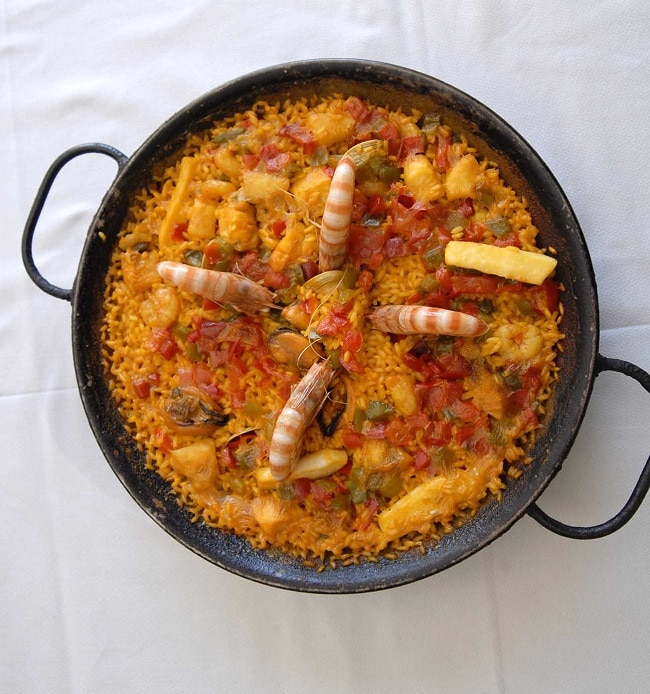
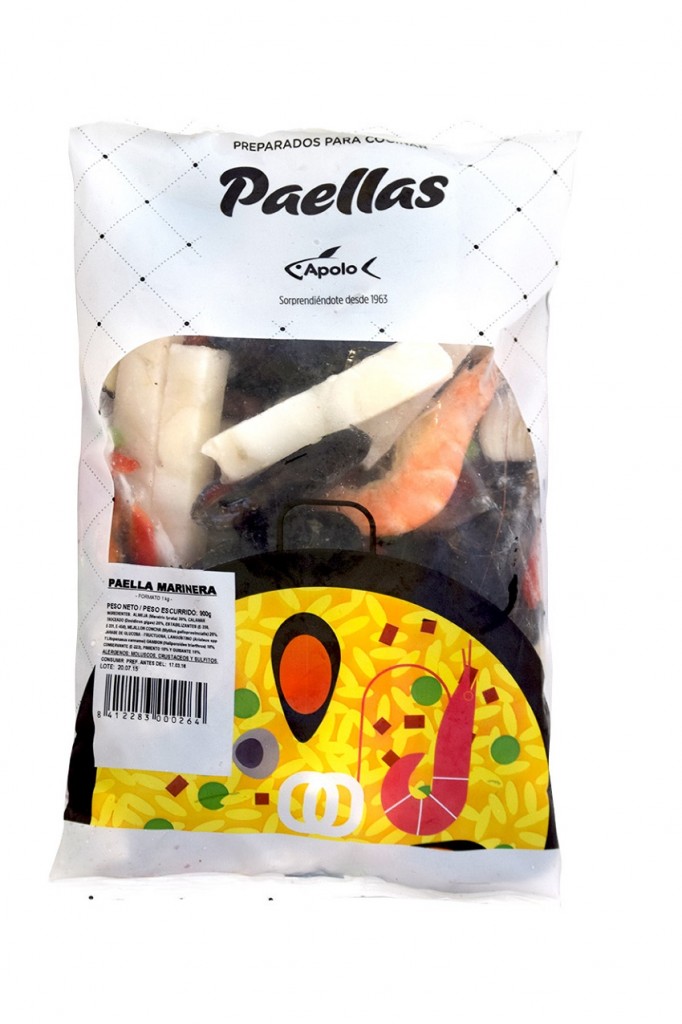
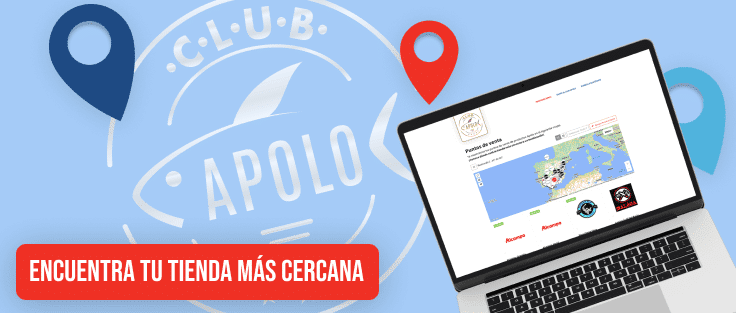
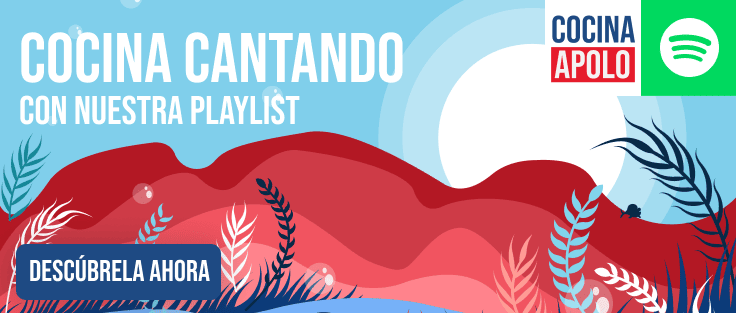
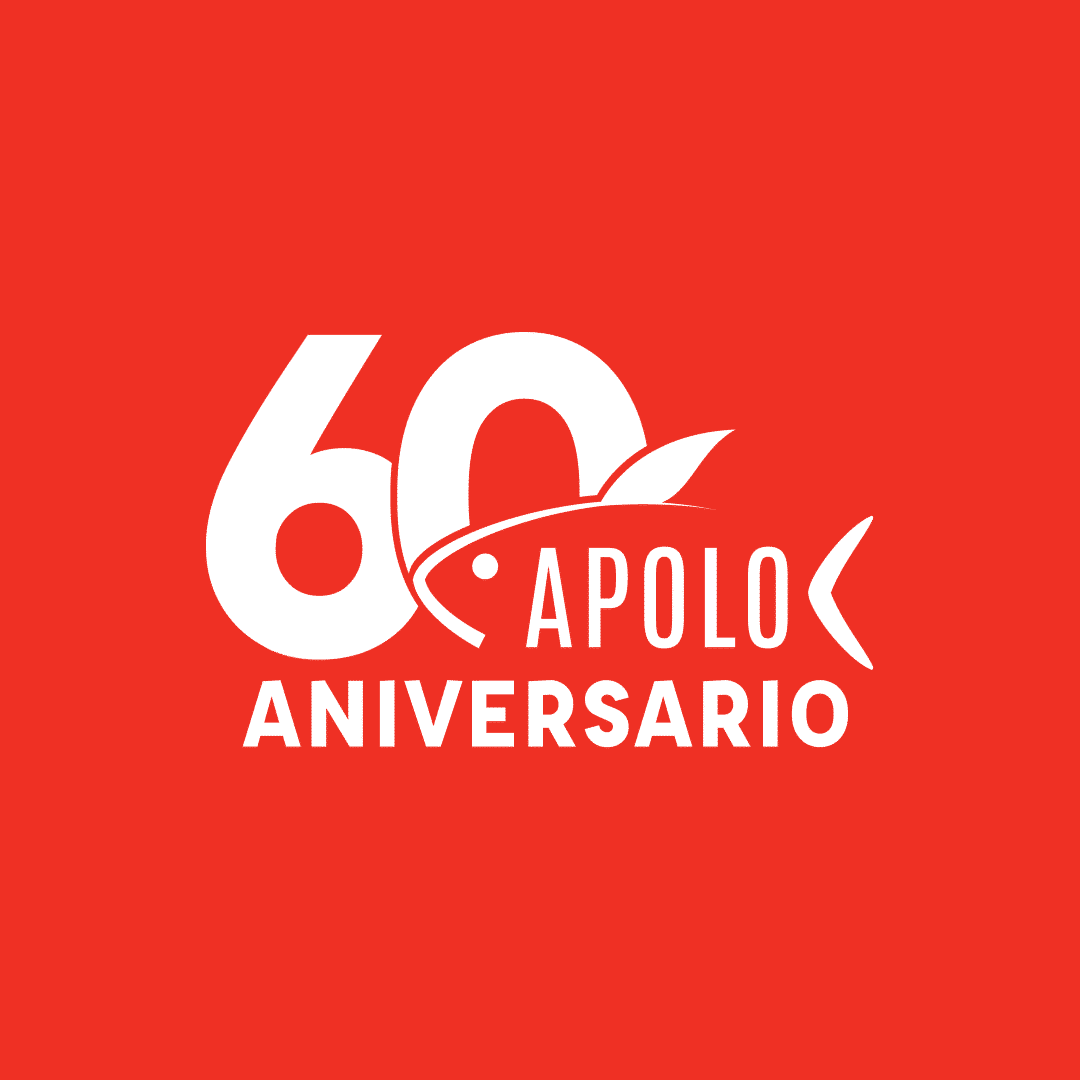

Buenos días, me gustaría saber si PAELLAS Preparados para cocinar lleva o puede contener trazas de gluten. Muchas gracias, saludos